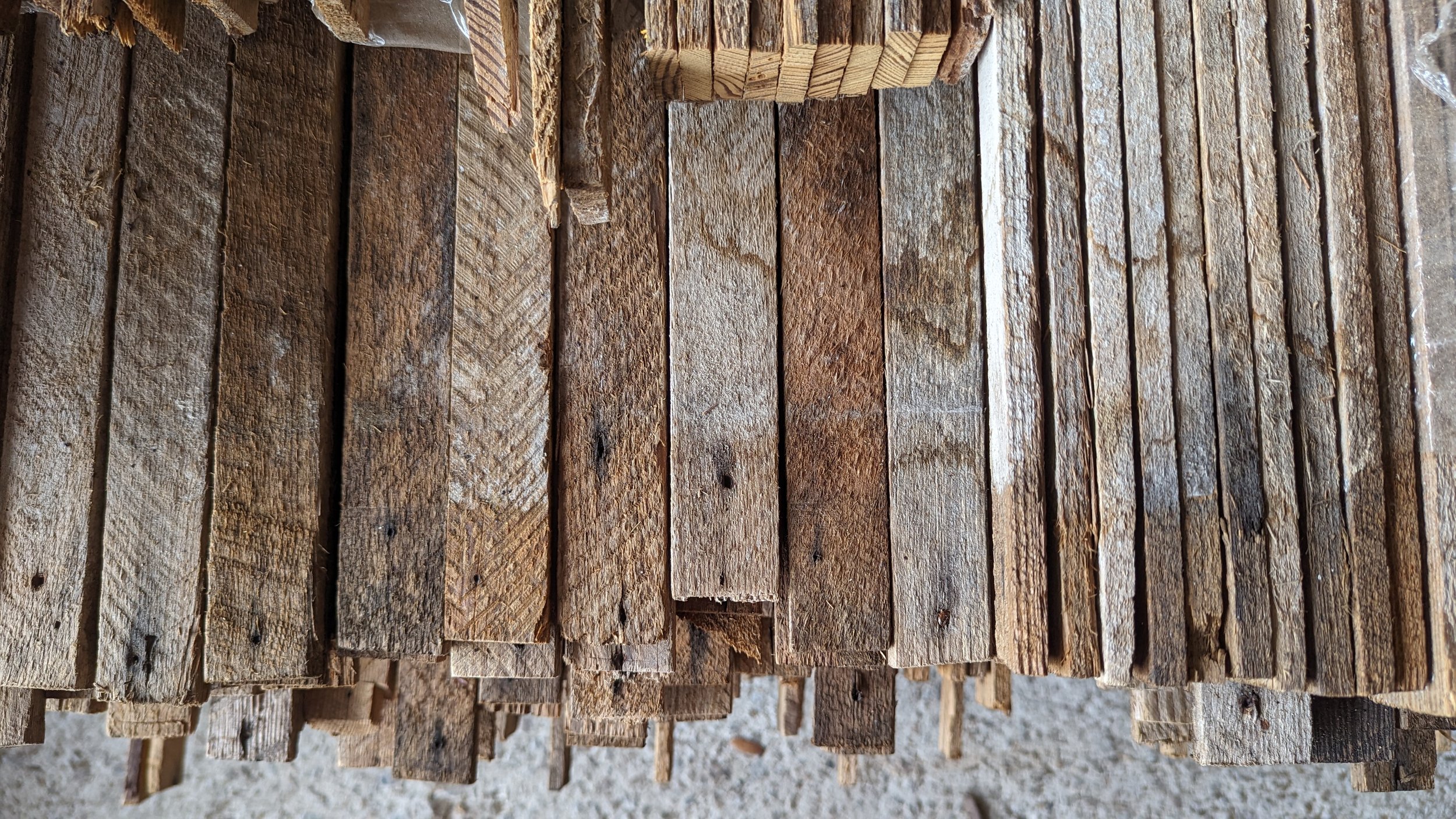
Decon & Salvage in Preservation
Deconstruction is a (re)*emerging industry.
*Deconstruction is nothing new. Demolition as we know it was invented after World War II… about 80 years ago. Before that, deconstruction and reuse at the end of a building’s life was the norm.
Decon is being embraced across America for its environmental, economic, and public health benefits. These are excellent reasons to support decon! Yet many advocates, practitioners, and policy makers have no background in preservation. It is critical that preservationists play a significant role in the development of standards if we want research, documentation, provenance, and respect for cultural significance to be embedded in the ethos of the industry.
With this in mind, I collaborated with the Campaign for Historic Trades and the US Department of Labor to develop the nation’s first Registered Apprenticeship Program in Deconstruction & Salvage. The curriculum includes preservation fundamentals to ensure that the growing decon workforce handles historic buildings, materials, and stories with care.
We can rethink how we lose buildings.
We hate to see historic buildings taken down, but it happens every day, even in my iconic city of Savannah. What if each one was thoroughly researched by a team of professionals? What if it was documented top-to-bottom with high-quality photos and architectural drawings before it was lost? What if it was 3D-scanned so that anyone could experience the building online long after it was gone? What if all of that information was gathered in archives for anyone to find, shared with the community through interactive exhibits, and leveraged to help retain a sense of place even in the face of change?
In my leadership role at the non-profit Re:Purpose Savannah, we set a new standard for research and documentation that inspired our community. Now the City of Savannah requires documentation of historic buildings before they will issue a demo permit - even outside of historic districts.
Preservation could offer guidance.
In the 1960s, when the standards for Historic Preservation were written, deconstruction and material reuse were the normative practice. Demolition was a novel and disturbing new method that prompted the expansion of the preservation ethic. The codifiers could not have imagined the ubiquity of demolition, the widespread destruction and loss of historic fabric, that we know today, nor the difficulty in sourcing the “in-kind materials” for restoration that were once common.
Preservation standards should include end-of-life recommendations that encourage deconstruction and salvage when restoration, rehabilitation, and relocation are not possible. They should also include best-practices for the stewardship of historic materials by salvage handlers.
For that reason, I helped secure a grant from the National Center of Preservation Technology and Training to begin producing new guidelines for the conscientious management of reclaimed building materials. The forward-thinking project helps match grassroots efforts with national guidance to ensure good stewardship of our increasingly scarce historic resources.
